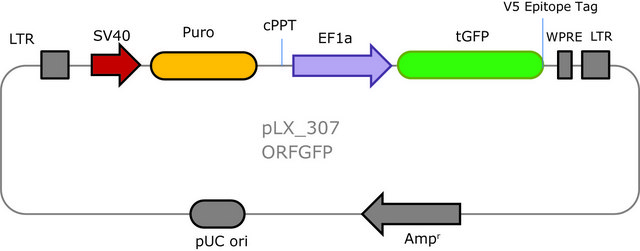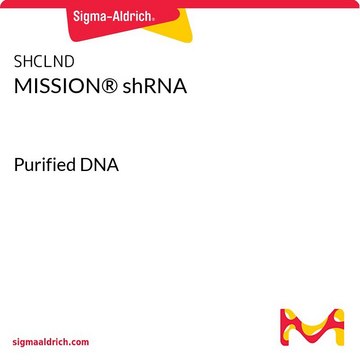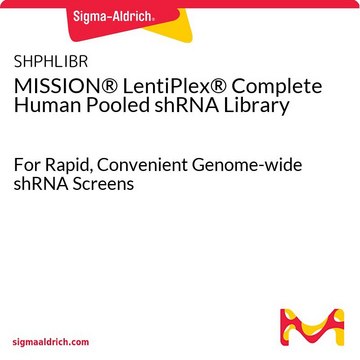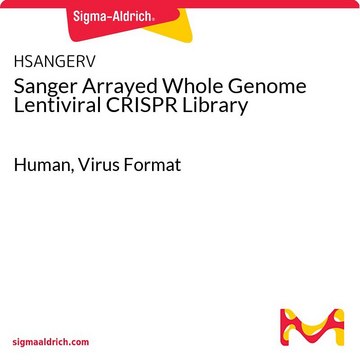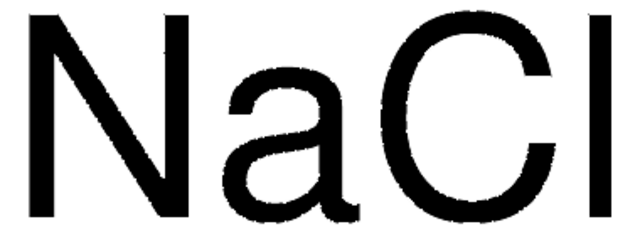ORFPOOLWG
MISSION® TRC3 Human Whole Genome Lentiviral ORF Pool
Synonym(s):
ORF collection
Select a Size
Select a Size
About This Item
Recommended Products
packaging
pkg of 8x25 μL (vials)
concentration
5x108 VP/ml (via p24 assay)
technique(s)
capture ELISA: 5 × 108 TU/mL using p24
shipped in
dry ice
storage temp.
−70°C
Related Categories
1 of 4
This Item | S8776 | 71382 | 31434 |
|---|---|---|---|
| mp 801 °C (lit.) | mp - | mp 801 °C (lit.) | mp 801 °C (lit.) |
| packaging pkg of 10 tablets | packaging - | packaging - | packaging - |
| manufacturer/tradename Calbiochem® | manufacturer/tradename - | manufacturer/tradename - | manufacturer/tradename - |
| storage condition OK to freeze | storage condition - | storage condition - | storage condition - |
| shipped in ambient | shipped in - | shipped in - | shipped in - |
General description
This ready-to-use MISSION TRC3 Human LentiORF pooled library allow for stable integration, enrichment of cells, and long-term gene expression in difficult-to-transfect cell lines utilizing our best-in-class lentiviral manufacturing. This collection provides researchers with the unique tools to gain insights into gene function through modulating gene and protein expression.
The classical genetic approach for exploring biological pathways typically begins by identifying mutations that cause a phenotype of interest. Overexpression or misexpression of a wild-type gene product, however, can also cause mutant phenotypes, providing geneticists with an alternative yet powerful tool to identify pathway components that might remain undetected using traditional loss-of-function analysis. The whole genome lentiviral ORF pool fills this gap and provides researchers with a powerful research tool for carrying out crucial biological experiments.
Whether looking to perform gene overexpression studies or validate gene knockdown/knockout results from an RNAi or CRISPR experiment, LentiORFs are the ideal shortcut to protein expression and tool for gene analysis. Researchers also need to validate “hits” from a screen to confirm to eliminate false positives. This means confirming whether the observed phenotype is due the target gene of interest. Re-expressing the gene of interest via lentiORFs is the most accepted way to validate a gene target.
MISSION TRC3 Human LentiORF pooled whole genome library is provided in 8×25 μl aliquots at a minimum titer of 5×108 TU/ml (measured by a p24 assay).
Application
Features and Benefits
- Efficiently screen the whole human genome (~12,000 genes) at the bench-top without robotics or specialized equipment
- Pre-cloned, sequence confirmed, expression-ready clones
- Ideal Shortcut to Protein Expression: Use Pooled Lentiviral ORFs to express protein-coding genes to assess their function
- Simple Deconvolution: The puromycin library is barcoded, consisting of a 24 nucleotide sequence located downstream of the V5 tag and translation stop. Each clone contains a unique barcode sequence that can be easily identified, allowing for simple deconvolution of pooled screening experiments
- EF1a promoter drives expression of the ORF construct, offering an alternative to the CMV promoter which may not be appropriate in certain cell types
- Puromycin resistance allows for double selection experiments in cells containing Neomycin or Blasticidin resistance
- Enriched population of cells: Use puromycin selection after transduction, for creation of a long term-stable cell line
- V5 epitope tag facilities pull-down and co-immunoprecipitation experiments to determine protein-protein interactions or label and visualize ORFs via immunofluorescence
- Positive and negative selection controls (BFP and GFP) are provided, which allow researchers to confidently gauge the success of their pooled screening experiments
- Lentiviral ORFs can infect a broad variety of mammalian cells (including difficult to transfect or primary cell lines) via transduction to facilitate gene overexpression for screening applications
- Rapid and affordable screening with easy-hit identification via Sigma-Aldrich′s deconvolution service
- Save time: Skip PCR, cloning, and DNA sequence verification steps
Preparation Note
Other Notes
Legal Information
control
Storage Class Code
12 - Non Combustible Liquids
WGK
WGK 3
Flash Point(F)
Not applicable
Flash Point(C)
Not applicable
Regulatory Information
Choose from one of the most recent versions:
Certificates of Analysis (COA)
Don't see the Right Version?
If you require a particular version, you can look up a specific certificate by the Lot or Batch number.
Already Own This Product?
Find documentation for the products that you have recently purchased in the Document Library.
Articles
This screening guide covers how to choose a cell line, a screening library, and experimental conditions as well as tips for designing and performing your experiment.
Deconvolute pooled shRNA samples post-screening to identify significant TRC clones with our service.
Lentiviral vector systems prioritize safety features, with design precautions preventing replication. Good handling practices are essential for use.
Get tips for handling lentiviruses, optimizing experiment setup, titering lentivirus particles, and selecting helpful products for transduction.
Protocols
Lentivirus versions of genome modification technologies support successful CRISPR, RNAi, and ORF experiments.
FACS sorts cells based on light scattering and fluorescence for objective cell analysis.
Our team of scientists has experience in all areas of research including Life Science, Material Science, Chemical Synthesis, Chromatography, Analytical and many others.
Contact Technical Service


